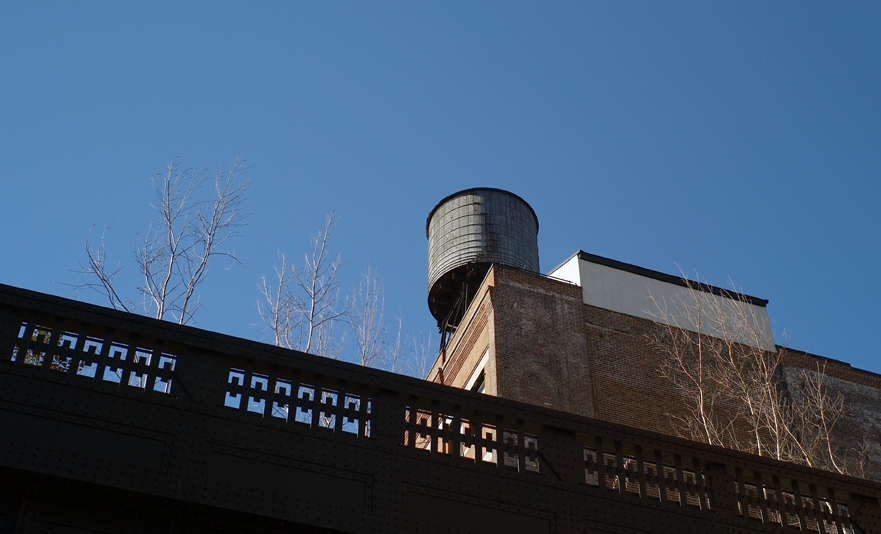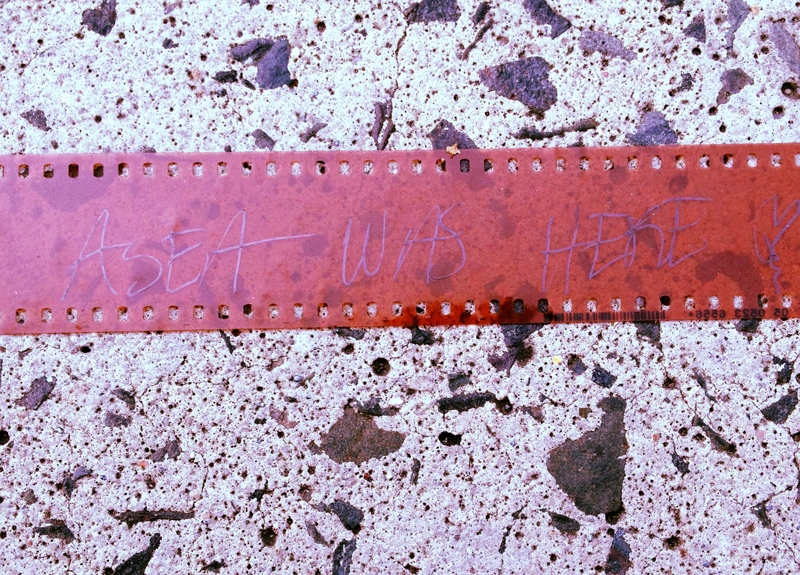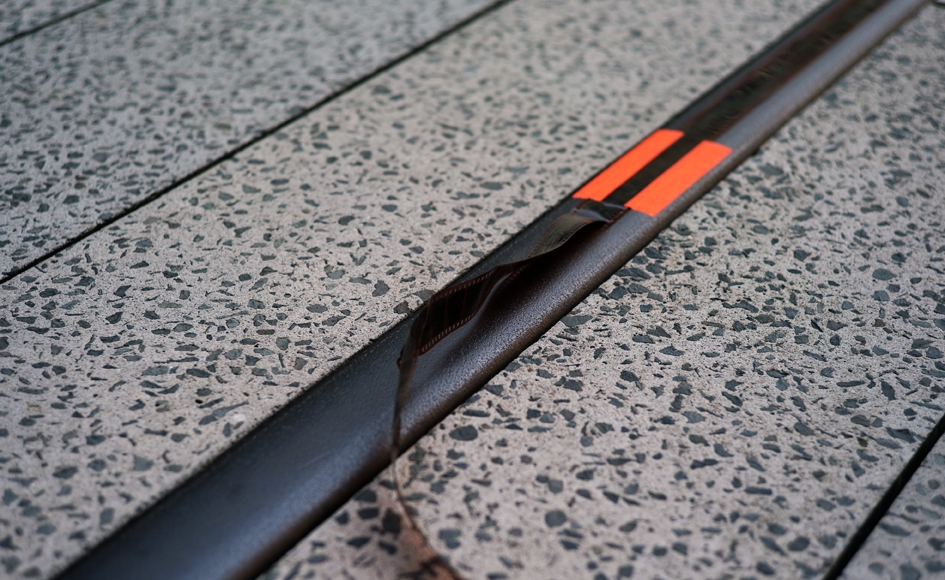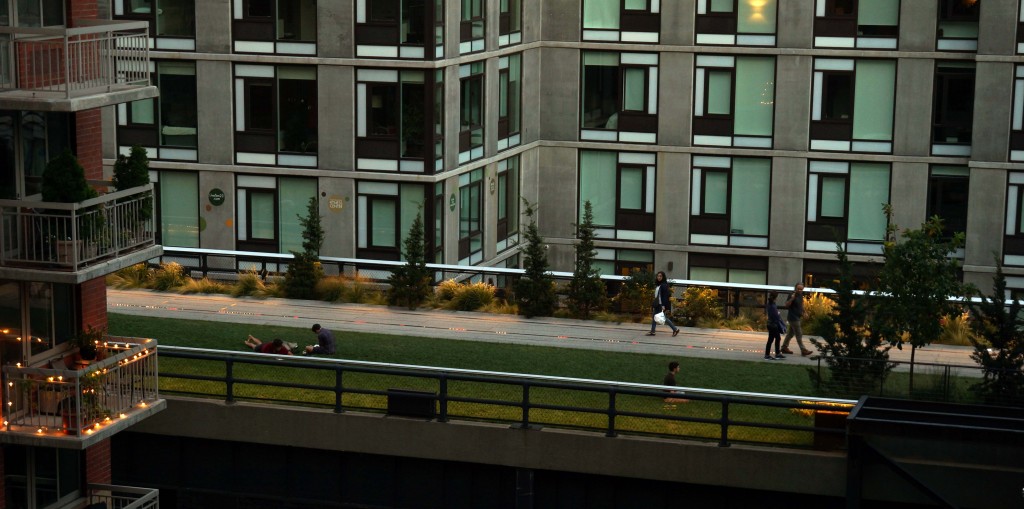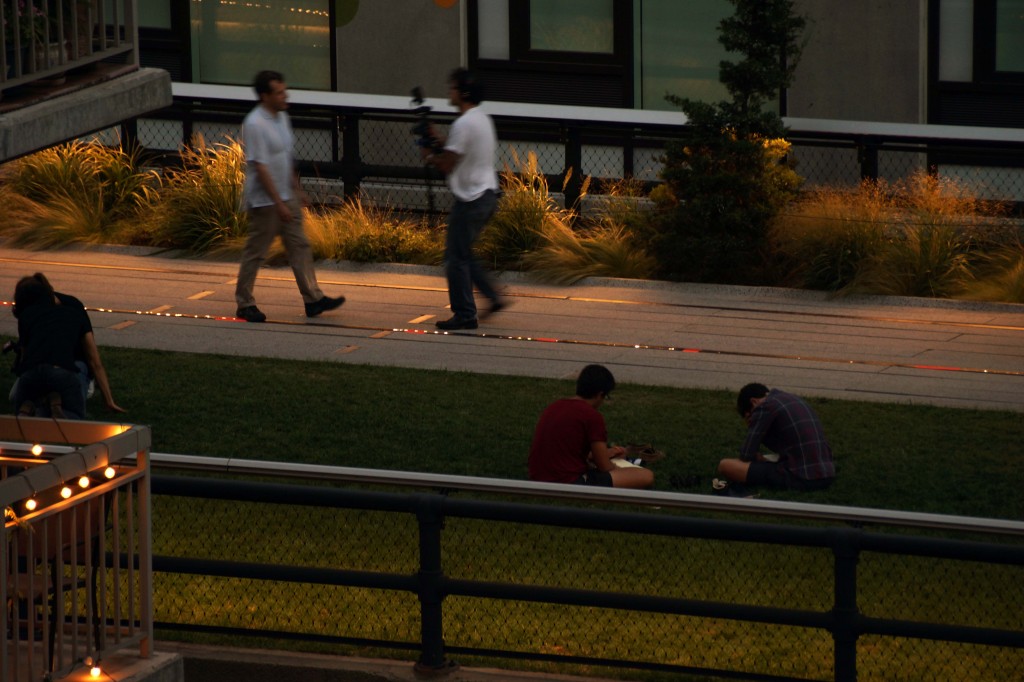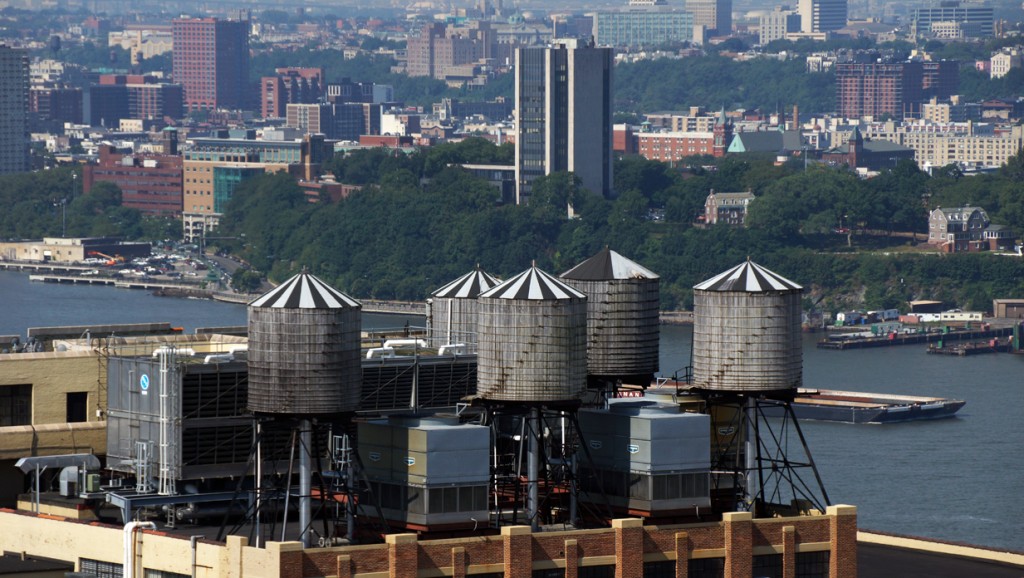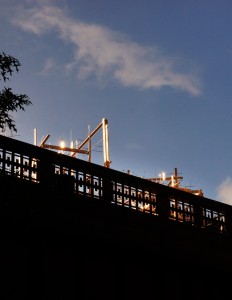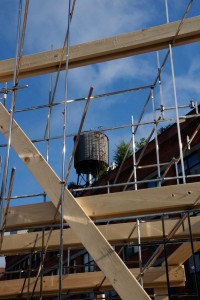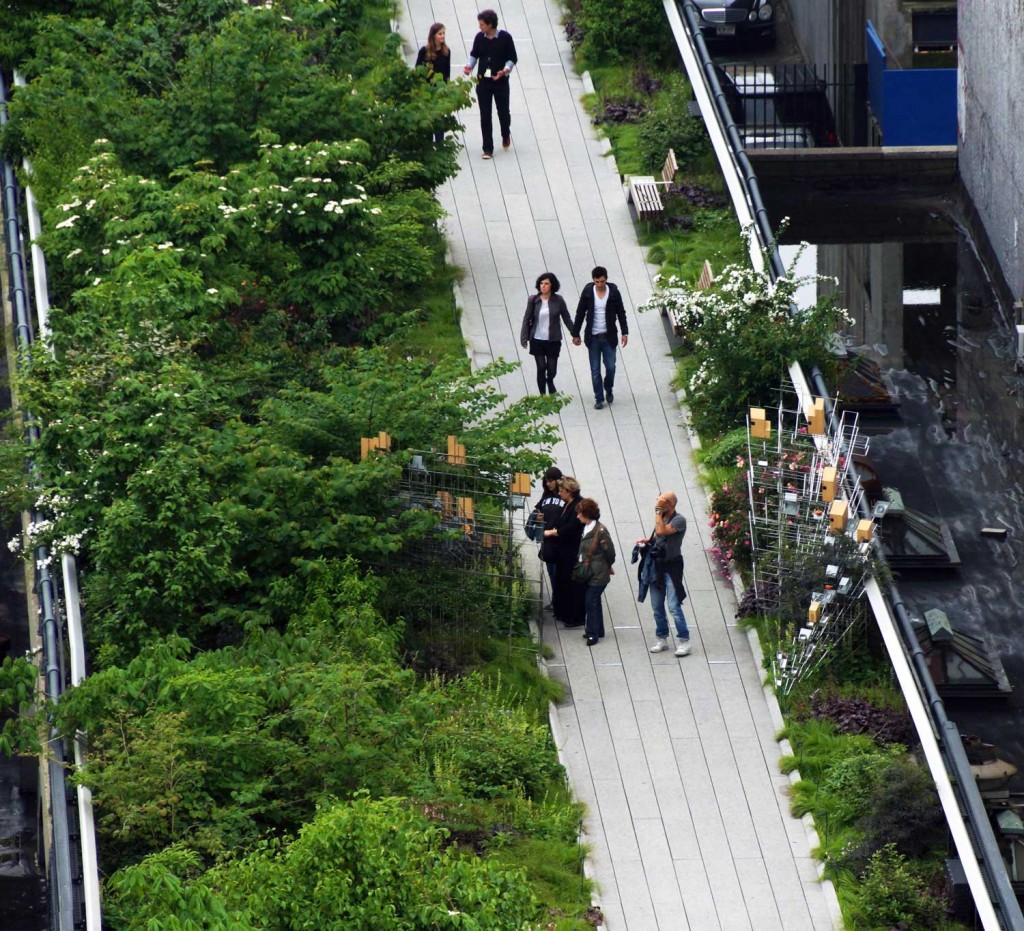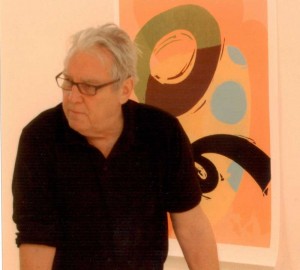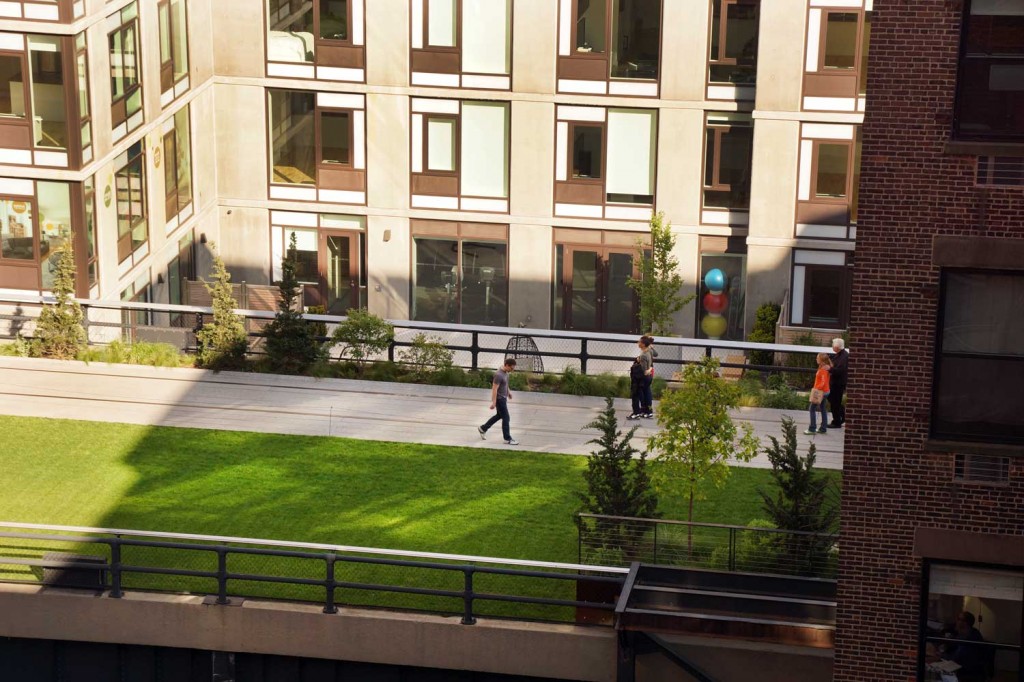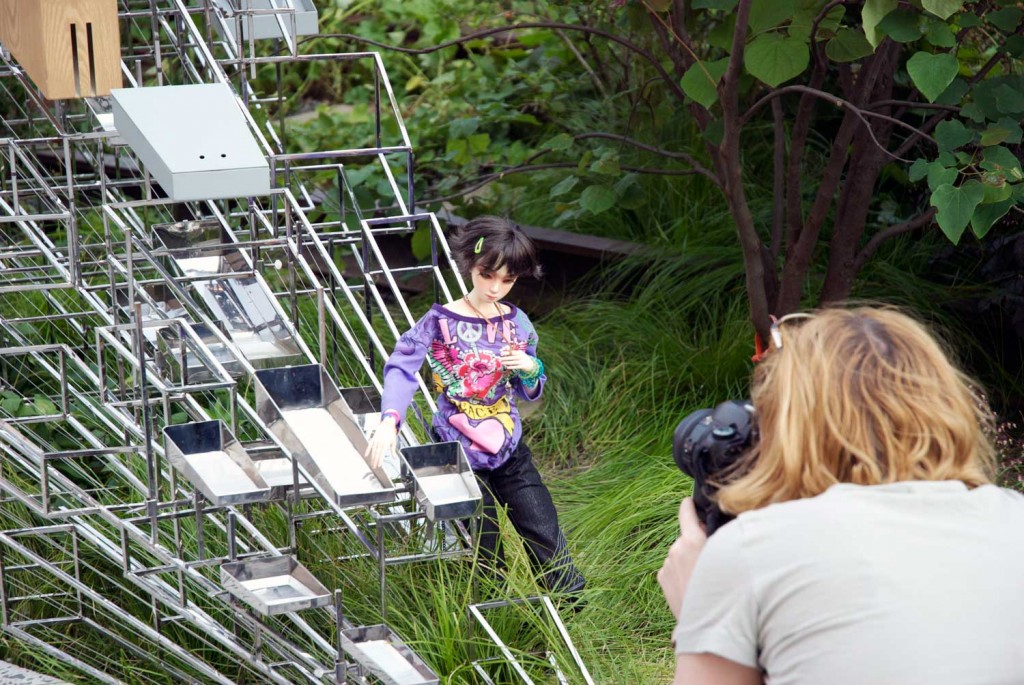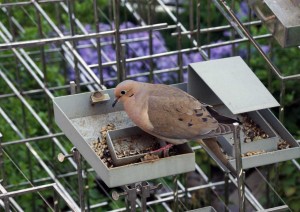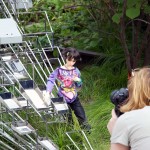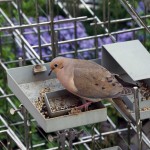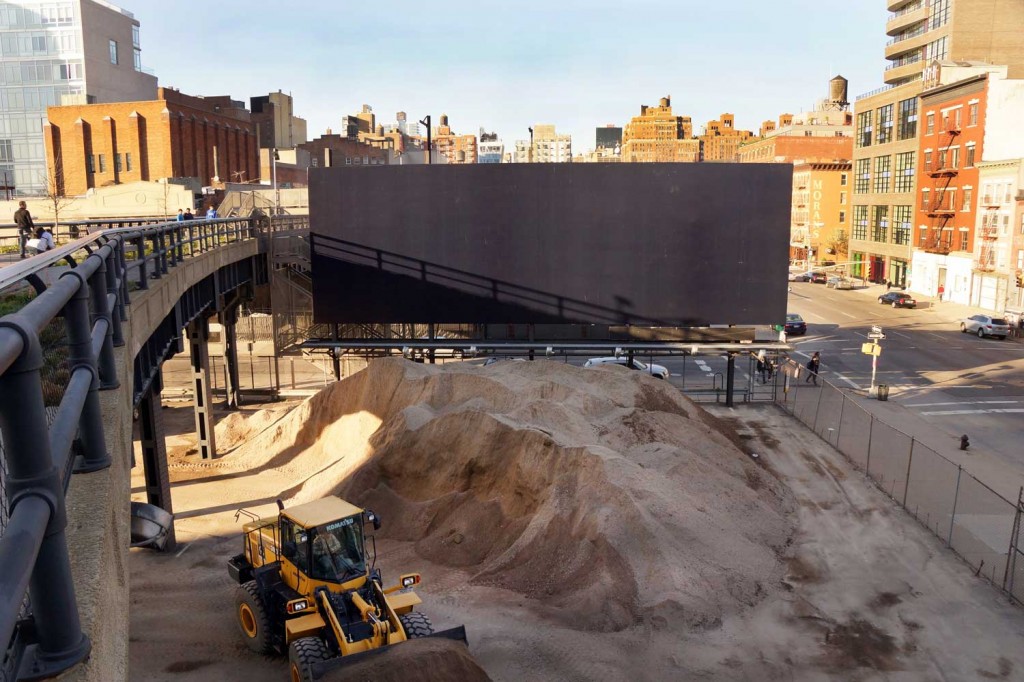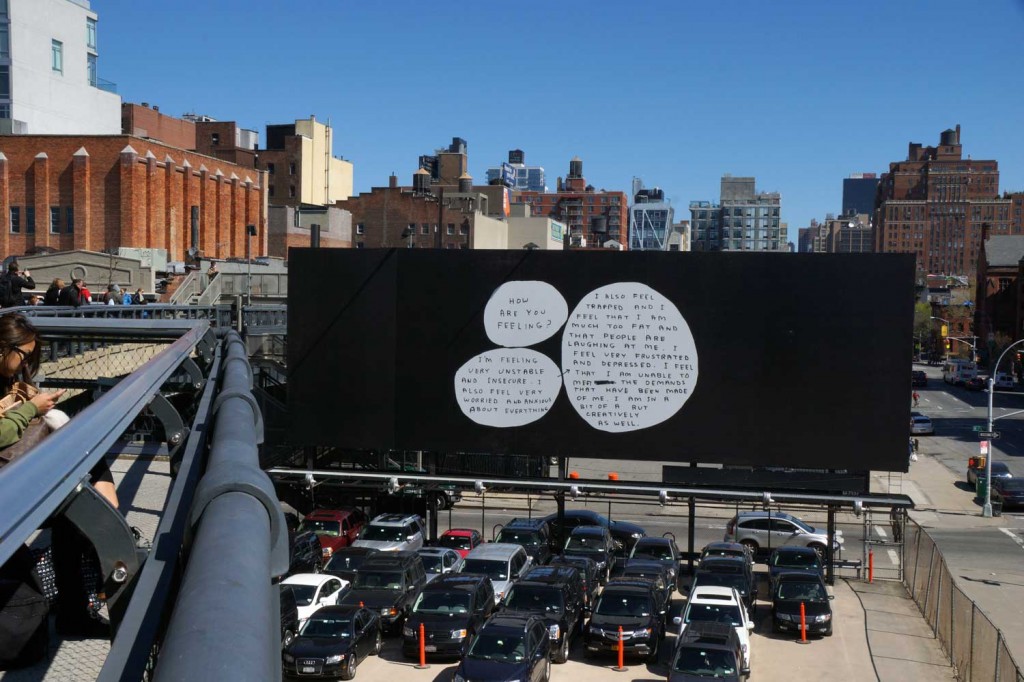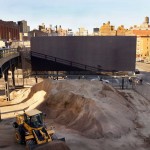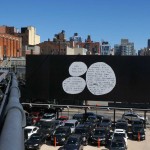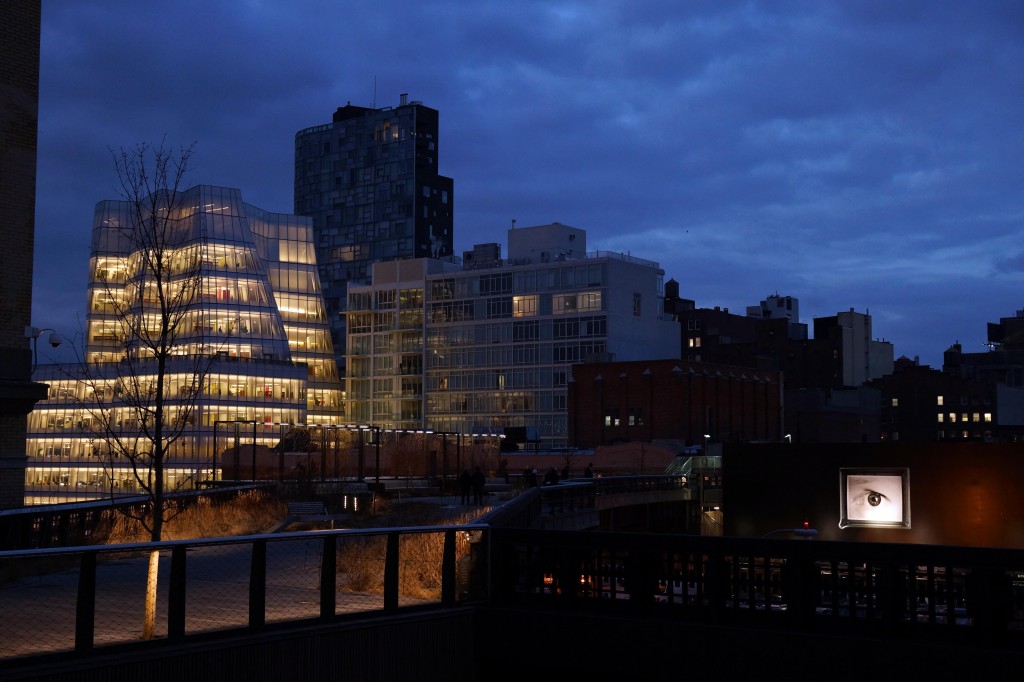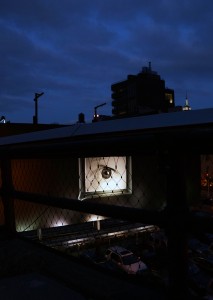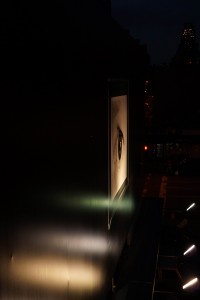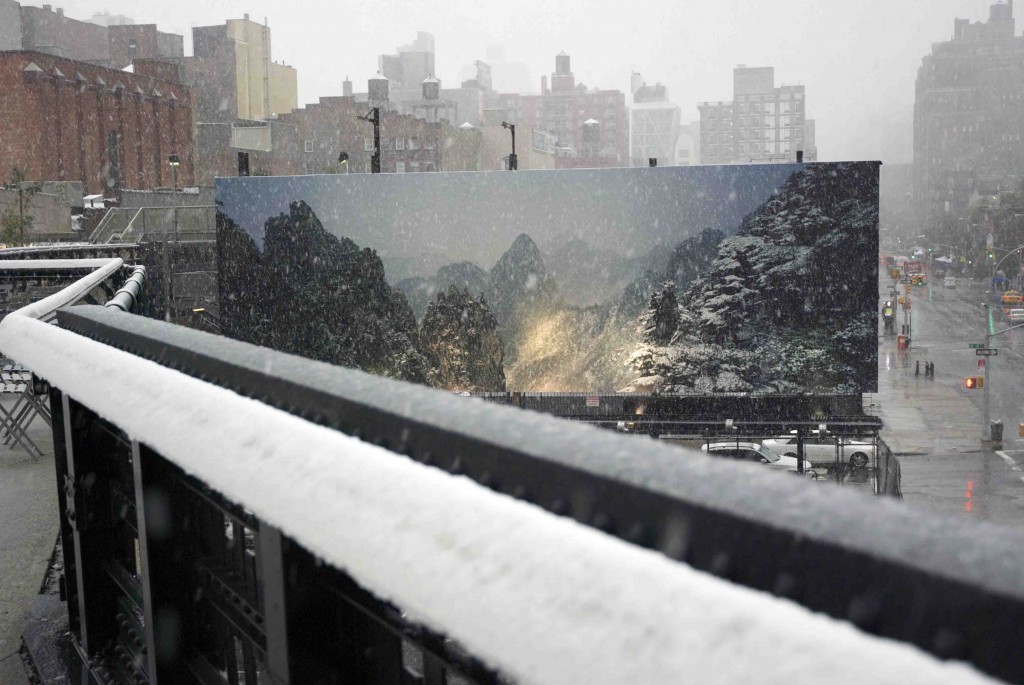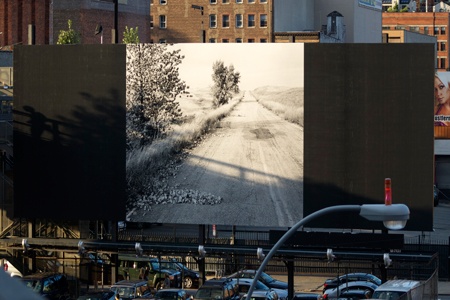Water towers are as much a part of the New York City landscape as skyscrapers, and many people find as much art in the rooftop “hoops and staves of the Middle Ages” as they do in the city’s modern architecture. That’s a quote from Charles Kuralt, the great CBS newsman, who also loved the city’s water tanks and appreciated their place in our urban landscape as well as the ancient crafstmanship that produced them.
Today I got an email from a reader of this blog who pointed me to a short film that Kuralt would have loved, “The Water Tower Player” (or, its original French title, “Le Joueur de Citernes”). It’s a brief love poem to New York City’s water towers made by a French filmmaker named Emmanuel Gorinstein. This film is a magical imagining that takes you into a realm that Maurice Sendak, Tim Burton and Hugh Ferris would recognize and feel happy in. It also brought to mind the characterization of another landscape icon that Marcel’s grandmother recalls in Proust’s Swann’s Way. Of the cathedral spire in Combray she says: “My dears, laugh at me if you like; it is not conventionally beautiful, but there is something in its quaint old face that pleases me. If it could play the piano, I’m sure it would play.” For his film about water towers, Gorinstein dispatches a violinist, and mon dieu, can he he play.
I won’t even attempt to describe the film here, I’ll just give you a link. It’s only fourteen minutes long, but find a time when you’re ready to be astounded, and moved, and then click. And when you’re done, here’s a link to Gorinstein’s blog, where you’ll find his marvelous, moody, often other-worldly artwork.
The upcoming Water Tank Project in Spring 2013 will provide countless new opportunities for artists to conjure with the city’s water towers. Lucky us.

